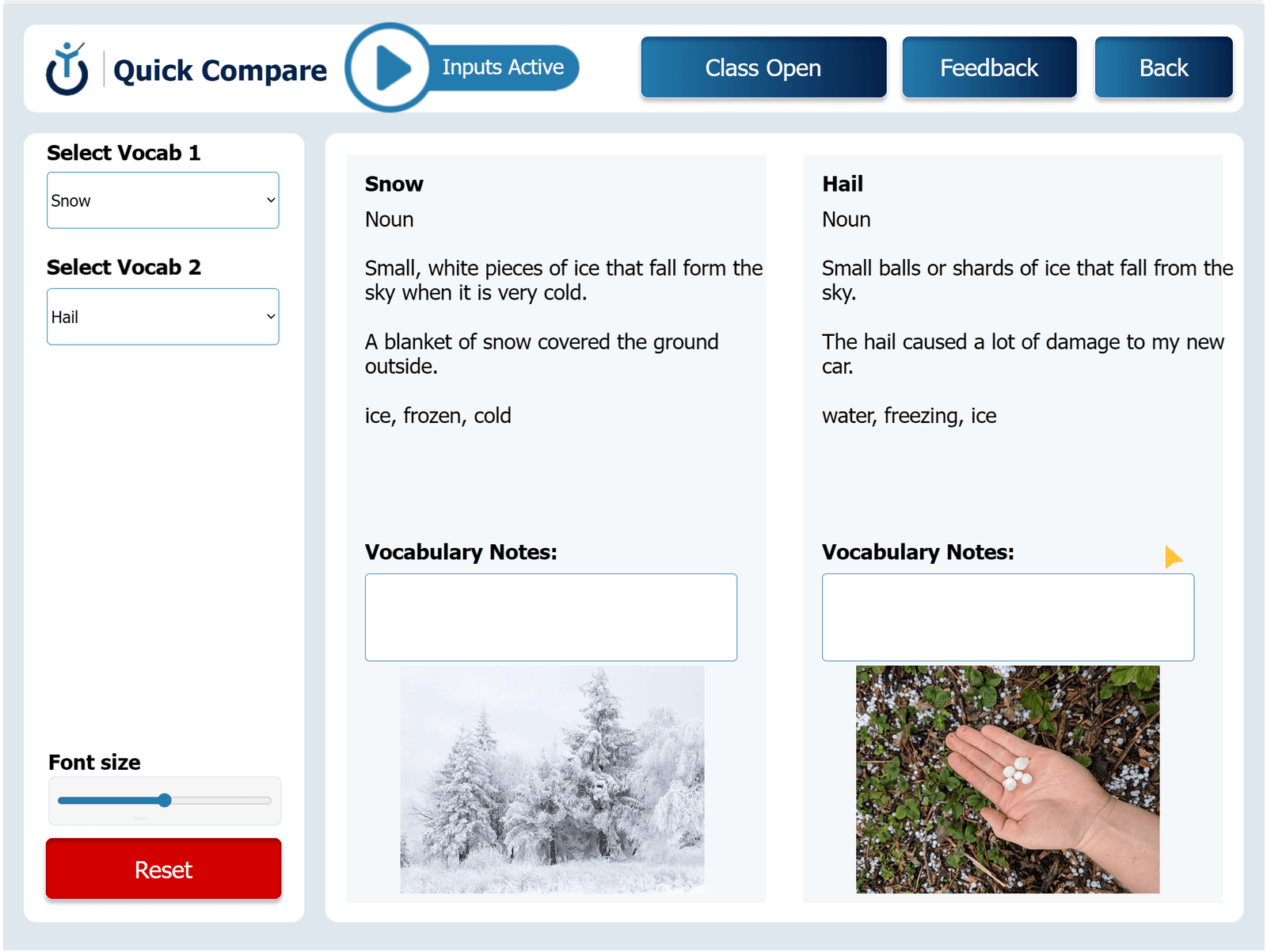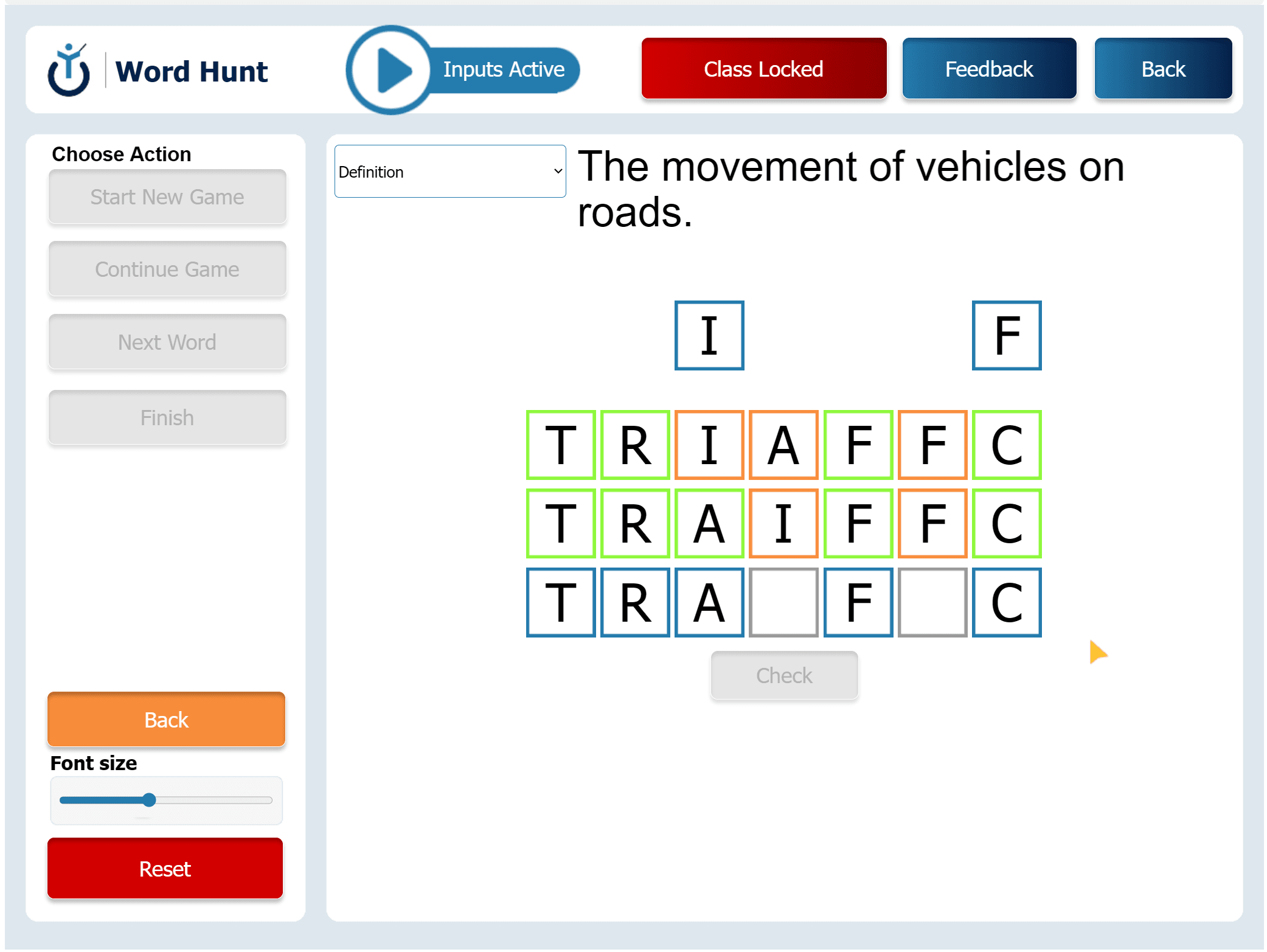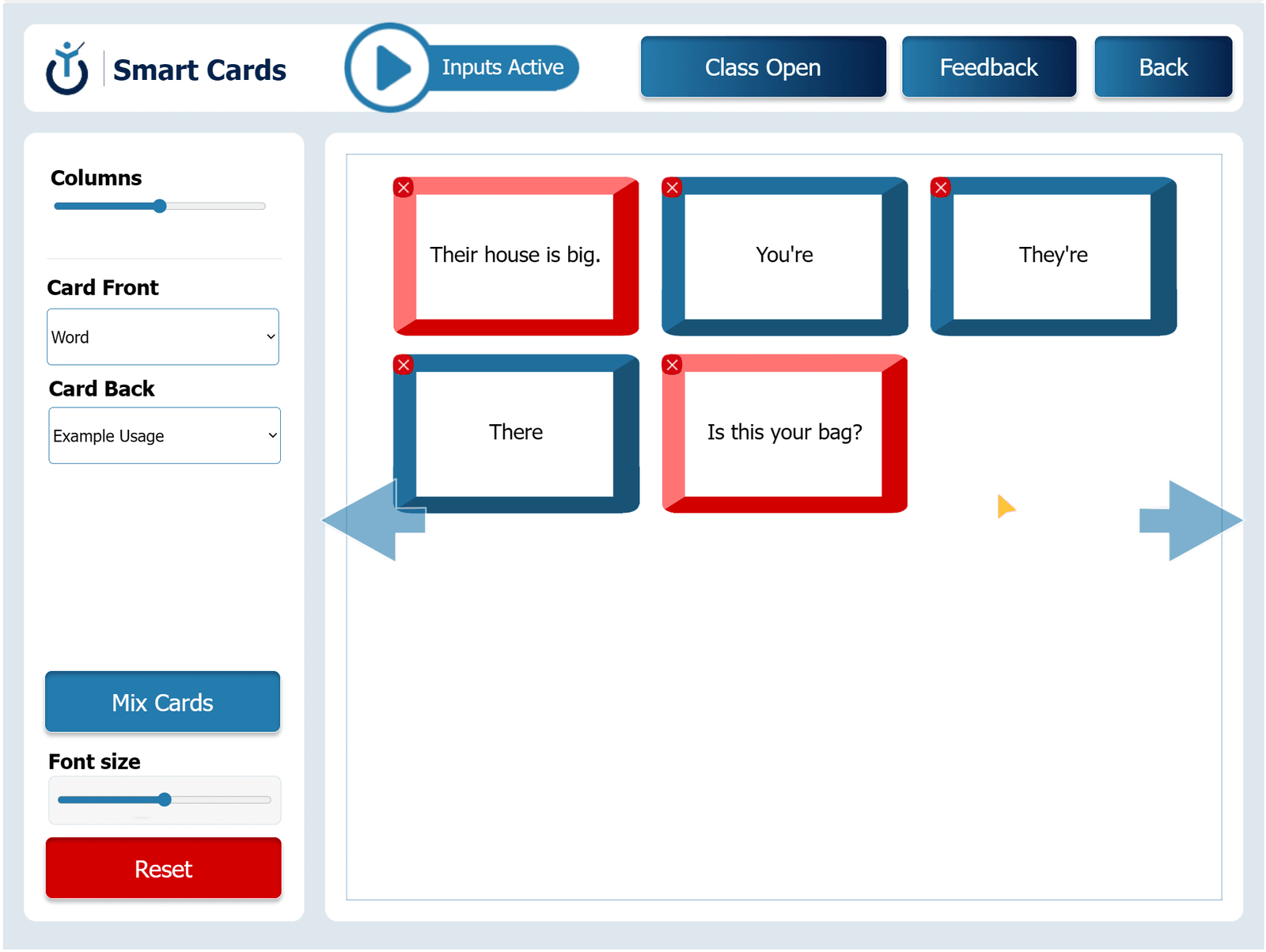In Quick Compare, students build stronger vocabulary by comparing two similar words. After choosing a word pair from the dropdown, students can see the meaning, example sentence, and related words for each. They talk about how the words are the same and how they are different. Teachers help guide the conversation to focus on meaning, tone, or where and when each word is used. Quick Compare helps students understand words more clearly and use them more correctly in real life.
Synonym or Not?
Objective: Decide if two words are true synonyms or just similar.
Instructions: Choose a word pair (like “happy” and “content”). Read the meanings and example sentences. Talk about if they mean the exact same thing or if there are small differences. Think about how strong the word is, if it sounds more formal, or if it feels more emotional.
Follow-up: Students share what they noticed and how those small differences can change the meaning or feeling of a sentence.
Which Would You Use?
Objective: Choose the best word for a given situation.
Instructions: After picking a word pair (like “chatty” and “talkative”), the teacher gives a short situation. For example: “Your friend is talking a lot in class.” Students choose the better word and explain why.
Follow-up: Compare answers and talk about how the setting or tone helps us choose the right word.
Words in Action
Objective: Understand how words look or feel in real life.
Instructions: Choose two action words (like “scatter” and “gather”). Read the definitions and examples. Then describe or act out a situation where each word fits (like “leaves scatter in the wind” or “people gather at a party”).
Follow-up: Talk about how showing or imagining actions helps us remember and understand new words.
Word Families
Objective: Remember vocabulary by connecting it to other ideas.
Instructions: Choose a word pair (like “wealthy” and “affluent”). For each word, write down a few things that come to mind. For example, “wealthy” might remind you of “money,” “business,” or “luxury.”
Follow-up: Students compare their lists and think of other related words or topics they’d like to learn next.
My Life Example
Objective: Connect vocabulary words to real-life situations in a simple way.
Instructions: Choose two words (like “difficult” and “impossible”). For each word, think of something in your life that matches. For example: “My homework yesterday was difficult.” or “Climbing a tall mountain is impossible for me.”
Follow-up: Students share one sentence about each word. The teacher helps correct or improve the sentence, and asks follow-up questions like “Why was it difficult?” or “What would make it possible?”
Follow-up: Think about something happening soon where you could try to use one of the new words. Talk about how you might use it in a sentence.







